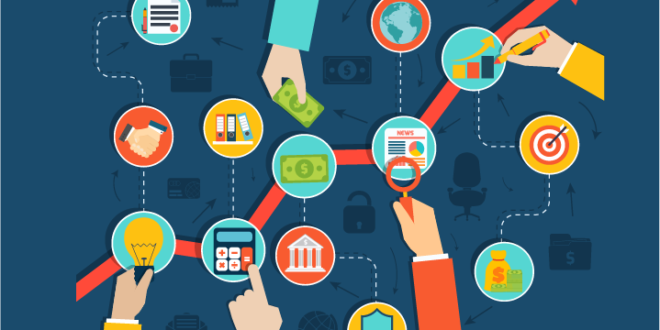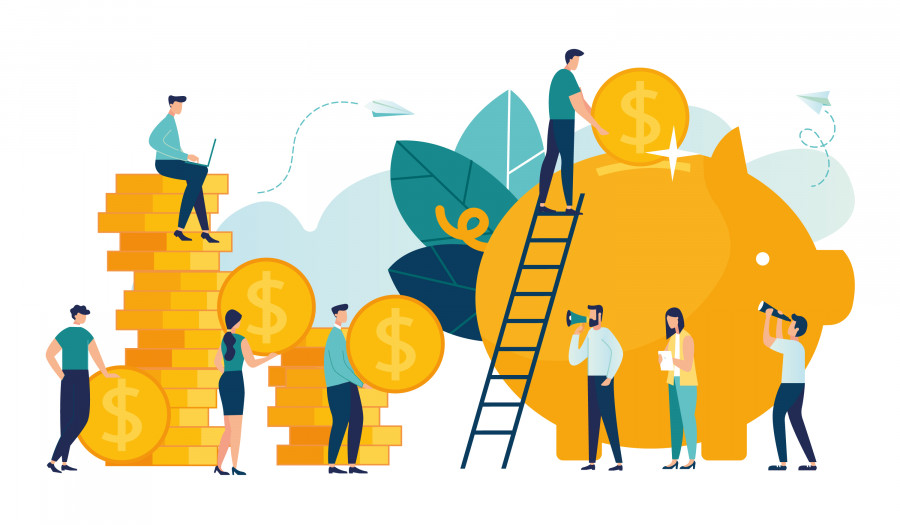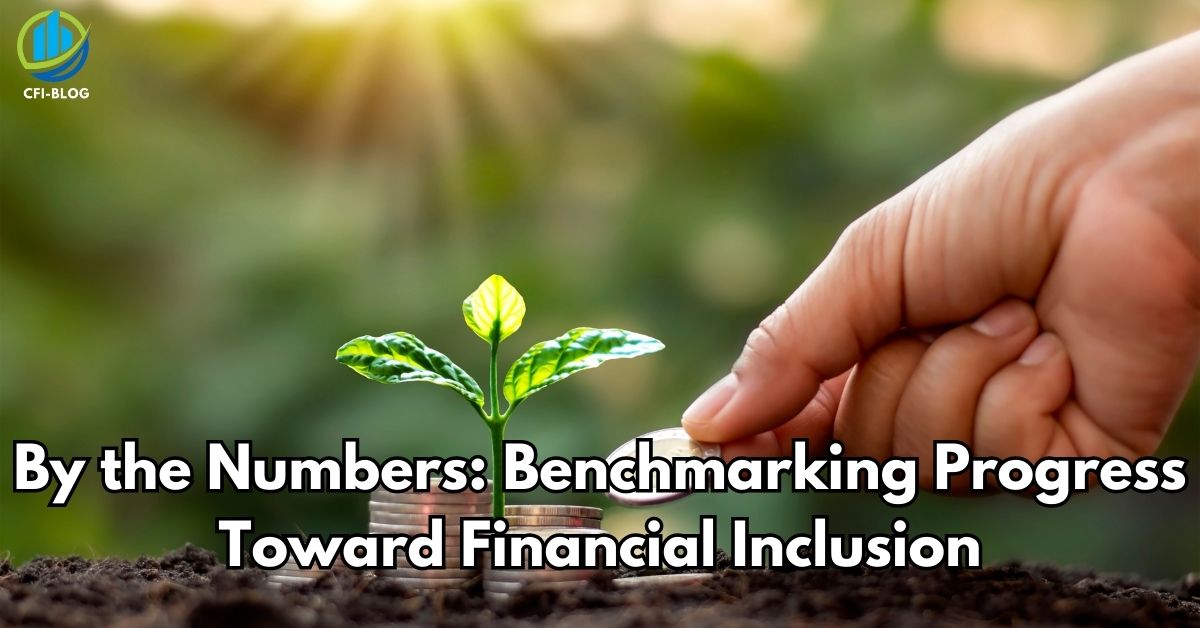For several years, the Center for financial inclusion has been a part of many initiatives for expanding financial inclusion. They have been part of the commission, monitoring and surveying different economies and their efforts to alleviate the financial divide and promote financial inclusion.
Financial inclusion has been propelled by economic liberalization, innovation, and digitization of banking, which has expanded over time, and the microfinance industry has contributed to the rise in financial inclusion. When the financial inclusion project was started, people had no idea what it was about and were preoccupied with more imminent problems they had on their plates.
With the release of the global financial index by the World Bank in collaboration with the Bill and Melinda Gates Foundation, perception began to change. Economies worldwide started giving importance to financial inclusion and banking expansion to boost the economy. Among all the inclusionary financial methods, microfinance institutions were the most successful.
Now, the question is a global challenge to achieve financial inclusion by 2020? The forum initiated this question, which looked at the data and concluded that financial inclusion has improved for a couple of years.
Microfinance | Introduction

Microfinance is an umbrella term that indicates a whole financing industry dedicated to providing and expanding financial services to the poor working class. Microfinancing included financing services like loans, small savings, insurance, and proper management of investment portfolios.
In recent years, micro-financing has exploded, but microfinancing has originated in Bangladesh, which grew up as an alternative to traditional banking. Multiple studies show that 2.6 billion people, or nearly half the world’s population, are unbanked or underbanked.
Traditional banking has yet to establish itself in various parts of the world. In these parts, microfinancing can help to include them financially and enable them to participate in the economy. In the developing world, most people do not have the income level to qualify for traditional banking.
There has been continuous support for the global appeal for responsible microfinance. Commercial banks do not have the capital to support these poor people or the infrastructure to provide them with interest. The poor people do not have the money to save in their bank accounts.
Microcredit Versus Savings-led Microfinance
The microfinance industry was first formed as a bank. These banks provided easy small loans at low-interest rates. This branch of the microfinancing industry is called microcredit. Microcredit was incredibly popular at one point in time, but it came under heavy scrutiny and criticism. Once hailed as the vehicle of financial inclusion, it helped the people of China to take out loans and generate new credit scores.
It was that new credit scores might help bridge chinas credit gap and solve China’s rampant wealth inequality. During the first ten years of its establishment, microcredit has expanded its reach, making loans easier to borrow. The hype was so massive that World Bank and United Nations took notice of the matter.
Governments of different nations invested in microcredit institutions, and an entire industry sprung up in its place. However, the microcredit industry became susceptible to corruption and abuse of power. Microcredit banks became a platform for money laundering. There are several reasons why microcredit failed:
- Most microcredits were used to fund short-term emergencies like health emergencies. These microcredits were not used for long-term economic goals like funding a business or buying real estate. This meant the economic output didn’t change, and there was no job generation.
- Studies have shown that microfinance, especially microfinance programs like microcredit, have increased over-indebtedness. Microdebt has been underestimated by many, but it is a slow poison. It may not seem that much initially, but it compounds over time.
- Some microcredit has high-interest rates to meet operational costs. Microcredit, which was supposed to target people experiencing poverty, became more expensive when those impoverished could pay them back. The interest kept piling up and compounded to make it more expensive.
- The microcredit industry enabled the growth of shadow banking and copycat banking with funds and no expansive resources.
- Most microcredit institutions use their leverage to abuse their power and exploit people with low incomes. Heavy-handed tactics led to extortion, and illegal methods to acquire wealth, leading to even more debt. The capitalization and commercialization of the microcredit industry led to the pressure of increasing profit and profit margins, leading to other exploitative measures.
Moreover, Savings-led microfinancing focuses mainly on financial literacy and education and the creation of wealth and maintaining them. They believe in community savings, and the interest is divided once the community savings are mature.
The World is Making Rapid Progress in Relation to Financial Accounts
As evident from recent studies, like comments on the Mor committee report, etc., the share of adults in the global population with bank accounts rose from 51% in 2011 to about 64% in 2014. This survey was done and collected from the Financial Index, also called Findex, an index to calculate financial inclusion. The number of people with bank accounts reduced from two and a half billion people to 2 billion people, which means that the population of the United States has opened up a bank account.
According to multiple studies, nearly 80 percent of the population will have a bank account by 2020. It is evident from the studies that developed economies will have universal bank accounts by 2020, and developing nations will reach a peak of 79%.
At the same time, these trends do not entirely indicate the closure of the financial gap as laid out by the World Bank in Section III of their financial inclusion clause as a call for income inequality. But, proper infrastructure and expansive banking systems can bring about the needed boost for the economy.
Access is Growing in Nearly All Countries, Sometimes at an Extraordinary Pace

After the 1990s, when the national government considerably liberalized the world economy, most of the global population gained access to the banking system. With the advent of the Internet age, the banking system slowly but surely is moving online without the help and constraints of physical banks.
The system became more expansive and then included many people who didn’t have access to the traditional banking system. The most significant improvement happened in Kenya, where hardly anyone once had a bank account. However, within three years, over one-third of the country went from unbanked to having a bank account.
This happened primarily due to the expansion of mobile payment services, such as the Kopo Kopo mobile money platform in Kenya. Mobile connectivity has also improved and brought about widespread banking systems in Uganda, Tanzania, and the Democratic Republic of Congo.
Strikingly, there has been an increase in bank account holdings among all income levels, but it has been noticed that high-income groups have seen faster growth than middle-income or low-income groups.
Among all the developing countries, only 14 nations have seen a decrease in banking account holdings. Half of the countries that faced a decrease in their bank account holdings are in the Balkan regions that haven’t considered financial inclusion for many years.
Frequently Asked Questions (FAQs)
Q1. What is the recent data on financial inclusion globally?
The recent data on financial inclusion shows that people are now availing of financial services. The share of adults in the global population with bank accounts rose from 51% in 2011 to 64% in 2014. The number of people with bank accounts reduced from 2 billion to 2 billion people, which means 500 million people have opened up a bank account, building bridges between fintech and financial institutions by finconecta. According to multiple studies, nearly 80 percent of the population will have a bank account by 2020.
Q2. How can we measure financial inclusion?
Financial inclusion is measured with the help of the global financial index. The index was constructed as a collaboration between the World Bank and Bill and Melinda Gates Foundation.
Q3. How’s the condition of developing nations in terms of financial inclusion?
The banking system is pervading the societies of the developing economy, especially in Kenya, where financial inclusion has been the fastest. Nearly one in three people have banked themselves within three years.
Conclusion
Our projections say that 16 developing countries will reach universal banking within 2020. They have all middle-income economies and started this century with half the people with bank accounts. Other countries are making strides toward financial inclusion. All in all, we have provided a fully detailed comprehension of the stats and the data through which one can say that growing financial inclusion has penetrated some positive transformations in developing countries.
Author Profile

- Jonas Taylor is a financial expert and experienced writer with a focus on finance news, accounting software, and related topics. He has a talent for explaining complex financial concepts in an accessible way and has published high-quality content in various publications. He is dedicated to delivering valuable information to readers, staying up-to-date with financial news and trends, and sharing his expertise with others.
Latest entries
 BlogOctober 30, 2023Exposing the Money Myth: Financing Real Estate Deals
BlogOctober 30, 2023Exposing the Money Myth: Financing Real Estate Deals BlogOctober 30, 2023Real Estate Success: Motivation
BlogOctober 30, 2023Real Estate Success: Motivation BlogOctober 28, 2023The Santa Claus Rally
BlogOctober 28, 2023The Santa Claus Rally BlogOctober 28, 2023Build Your Team – the Importance of Networking for Traders
BlogOctober 28, 2023Build Your Team – the Importance of Networking for Traders

